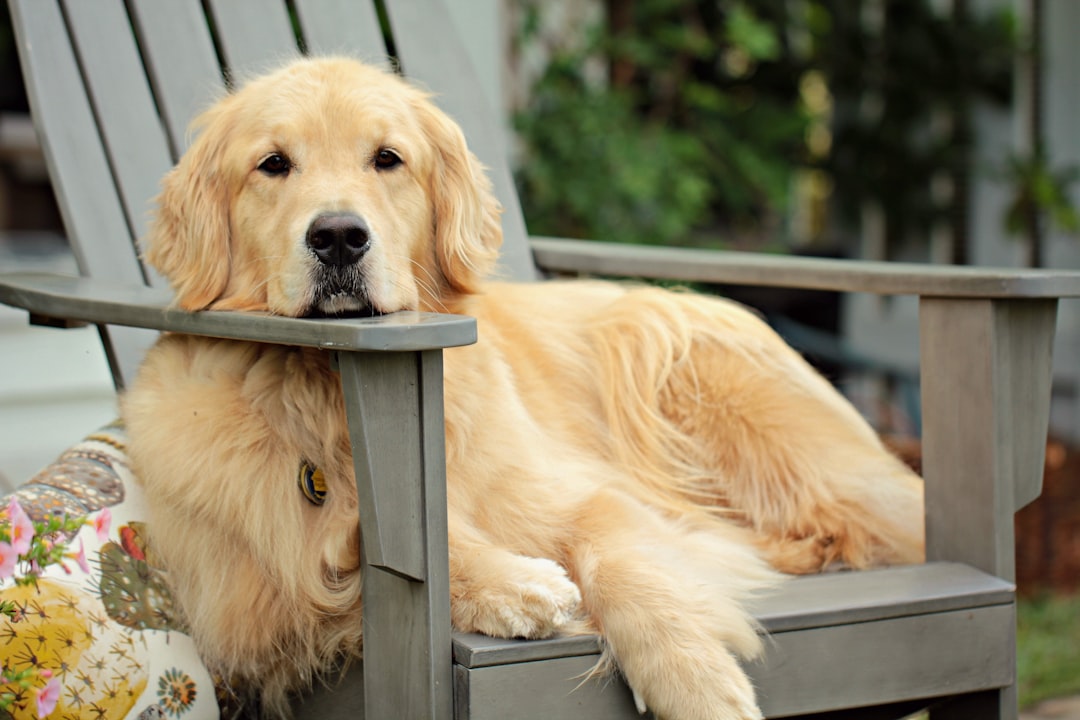Unveiling the Golden Standard: A Guide to Understanding and Appreciating Golden Retriever Breed Standards
An overview of the importance of breed standards for Golden Retrievers, including their historical development, purpose, significance, and the desirable traits outlined in the breed standard.
Importance of Breed Standards for Golden Retrievers
Breed standards are of paramount importance for maintaining and improving the quality of the golden retriever breed. These standards serve as crucial guidelines that define the ideal characteristics, temperament, and appearance of the breed, providing a framework for responsible breeding practices and ensuring the preservation of the breed’s integrity. For instance, the breed standard outlines specific physical features, such as the coat, size, and gait, which are essential for maintaining the distinctive characteristics of golden retrievers.
Moreover, understanding the breed standards is essential for prospective puppy buyers. By familiarizing themselves with the established standards, potential owners can make informed decisions and choose a golden retriever that aligns with their preferences and lifestyle. This knowledge empowers them to select a puppy that possesses the desired traits and characteristics outlined in the breed standard, contributing to the overall well-being and satisfaction of both the dog and its new owner. Ultimately, the adherence to breed standards by breeders, judges, and prospective owners plays a fundamental role in preserving the quality and authenticity of the golden retriever breed.
Historical Development of Golden Retrievers
The historical development of golden retrievers dates back to the late 19th Century in Scotland and England, where the breed was originally developed. At that time, the primary goal was to create a versatile and efficient hunting dog that could retrieve game on both land and water. The breed’s lineage can be traced to the efforts of gamekeepers and hunters who sought a reliable and obedient companion for hunting expeditions. This selective breeding led to the creation of the golden retriever, characterized by its keen intelligence, strong work ethic, and gentle disposition.
In 1956, the United Kennel Club officially recognized the golden retriever, acknowledging its exceptional qualities and the significant role it played in various activities, including hunting, obedience, and as a loyal family companion. The breed’s recognition marked an important milestone, solidifying its status as a distinct and valuable breed within the realm of purebred dogs. Since then, the golden retriever has continued to captivate the hearts of dog enthusiasts worldwide, not only for its remarkable hunting abilities but also for its unwavering loyalty, affectionate nature, and adaptable temperament, making it a beloved addition to countless households.
Purpose and Significance of Breed Standards
Breed standards are essential for maintaining and improving the quality of the golden retriever breed. By providing a detailed description of the ideal characteristics, temperament, and appearance of golden retrievers, these standards serve as a valuable guide for breeders and judges. For example, the standards outline the proper physical proportions, coat quality, and gait of golden retrievers, ensuring that breeders and judges have clear benchmarks to assess the breed’s quality and adherence to the standard.
Moreover, breed standards are crucial for prospective puppy buyers. Understanding these standards is vital for making informed decisions when selecting a golden retriever as a pet. By having a clear understanding of the desirable traits outlined in the breed standard, prospective buyers can ensure that they choose a healthy and well-bred golden retriever that aligns with the standard’s criteria. This knowledge empowers buyers to identify potential red flags or deviations from the standard, ultimately contributing to the overall health and welfare of the breed.
In summary, breed standards serve as a blueprint for maintaining the integrity of the golden retriever breed. They not only guide breeders and judges in their endeavors but also empower prospective puppy buyers to make responsible and well-informed choices when selecting a golden retriever as a companion.
Detailed Description of the Golden Retriever Breed Standard
When it comes to the general appearance, characteristics, and temperament of golden retrievers, the breed standard provided by The Kennel Club serves as a valuable resource. For instance, it highlights the ideal weight and height range for both male and female golden retrievers, providing a clear benchmark for breeders, judges, and prospective puppy buyers. Additionally, the standard describes the breed’s temperament, emphasizing the importance of a friendly, intelligent, and devoted nature, which are hallmarks of the golden retriever’s personality. This detailed insight into the breed’s ideal traits enables breeders to selectively breed for desirable behaviors and characteristics, ensuring the preservation of the breed’s distinct temperament and disposition.
Furthermore, the United Kennel Club’s breed standard delves into specific physical features that are essential to the golden retriever’s conformation. For example, it highlights the significance of a dense, water-repellent double coat, which is crucial for the breed’s performance as a working retriever and its ability to withstand various weather conditions. The focus on coat type and texture in the breed standard underscores the functional aspect of the golden retriever’s physical attributes, aligning with its historical role as a versatile hunting companion. Moreover, the standard provides guidance on the breed’s gait, emphasizing the need for an effortless, smooth, and well-coordinated movement, which is indicative of the breed’s agility and athleticism. This attention to detail in the breed standard not only aids judges in evaluating the golden retriever’s structure during conformation events but also informs breeders in their efforts to maintain the breed’s physical capabilities and overall health.
Desirable Traits and Faults Outlined in the Breed Standard
The breed standards for golden retrievers outline specific desirable traits that are essential for maintaining the breed’s quality and purpose. These traits include a friendly, calm, and compliant temperament, along with a medium-sized, well-balanced body structure. For example, the United Kennel Club emphasizes the importance of a strong and level back, proper feet for a working retriever, and a tail that is a natural extension of the topline, thick and muscular at the base. Furthermore, the standard height and weight for males and females are also specified, providing a clear benchmark for breeders and judges to evaluate the physical attributes of the golden retriever.
In addition to desirable traits, the breed standards also outline eliminating faults that are considered deviations from the ideal characteristics of a golden retriever. These faults act as red flags for breeders and judges, signaling potential issues that may impact the breed’s health and functionality. An example of an eliminating fault is one inch over or under the standard height, which indicates a deviation from the prescribed physical proportions. By understanding and adhering to these eliminating faults, breeders can contribute to the preservation of the golden retriever breed’s integrity, health, and overall quality.
Understanding the Role of Breeders and Judges
Breeders and judges are instrumental in maintaining the integrity of the golden retriever breed standards, which are essential for the preservation and improvement of the breed’s quality [1, 2]. For example, breeders are responsible for selecting appropriate breeding pairs based on the established standards to produce offspring that embody the desired characteristics, temperament, and physical features outlined in the breed standard. This process requires a deep understanding of the standard to make informed decisions that contribute to the betterment of the breed.
Moreover, judges play a pivotal role in evaluating golden retrievers in conformation shows and performance events based on the breed standard criteria. Their knowledge and adherence to the standard ensure that only dogs meeting the specified requirements are recognized and awarded, thereby upholding the breed’s overall quality. For instance, judges assess various attributes such as the dog’s gait, coat quality, and overall structure to determine how closely they adhere to the breed standard. This meticulous evaluation process reinforces the significance of the standard in preserving the essence of the golden retriever breed.
Furthermore, both breeders and judges must prioritize the health and welfare of golden retrievers by avoiding conditions and traits that are detrimental to the breed, as outlined in the standards. This commitment to maintaining the breed’s well-being underscores the critical role they play in safeguarding the golden retriever’s legacy and ensuring its enduring adherence to the defined standards [1, 2].



